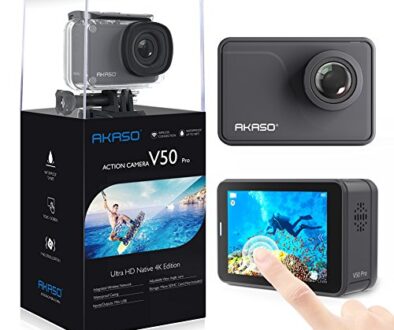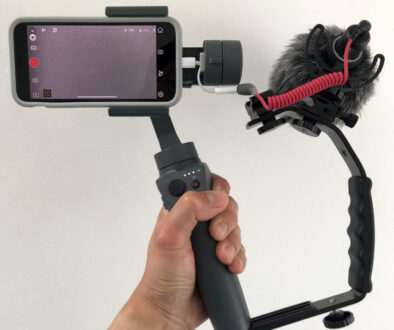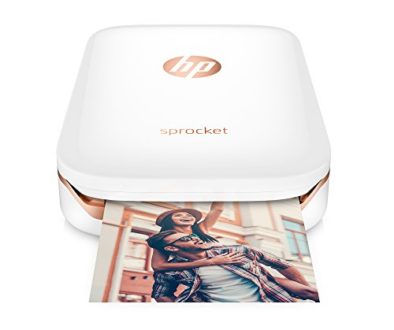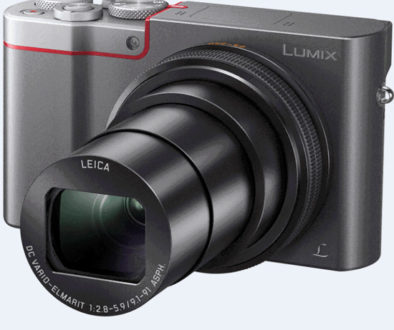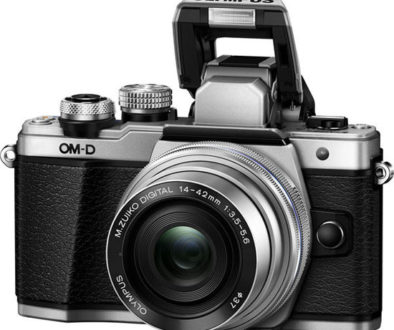Best Beginner DSLR Cameras to Learn Photography
You have caught the photography bug and now you want to take your passion to the next level, but the DSLR market is confusing and there are so many choices! Just where should you start?
Sometimes, your pocket sized, point and shoot 5-8 MP camera simply does not give you the results you desire and your smartphone is handy, but limiting.
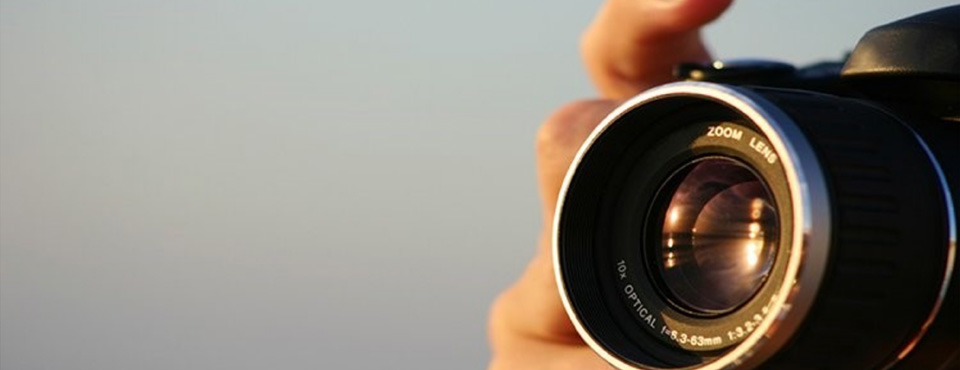
When choosing a camera, it is best to first ask yourself a few questions:
- What is your budget?
- What kind of viewfinder do you prefer? Classical viewfinder or digital screen (fixed or variable angle)
- What type of photography are you interested? Live action or stills?
- Do you need a video function?
- Would you like connectivity?
It is important to recognize what features you can expect when looking at entry level DLSRs, and what features come with the more expensive models.
For example, some entry-level DSLRs can offer superior image quality, Bluetooth connectivity and many options for a variety of compatible lenses. However, few will offer full frame sensors, or the live action capture and enhanced autofocus features found on a majority of professional DSLRs.
Top 6 Best Beginner DSLR Cameras to Learn Photography
We have presented a few of the more popular models perfect for the burgeoning photographer who has a tight budget and would like to be able to add components as you become more adept at your newfound craft.
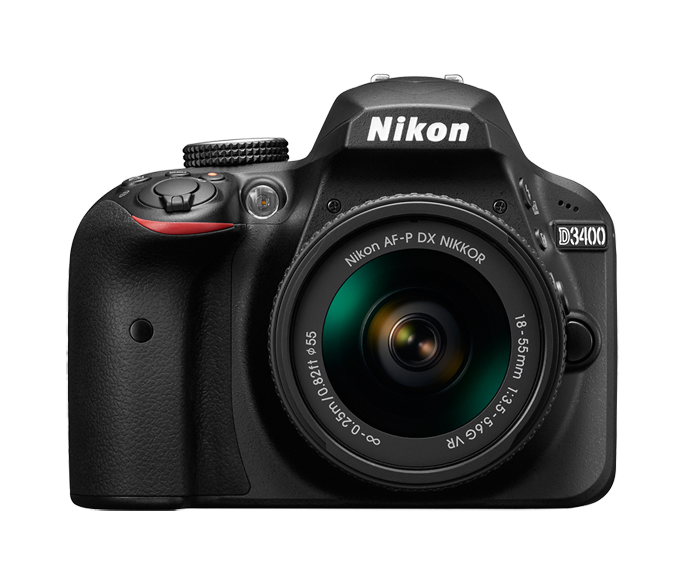
Nikon D3400
This is a relatively new model for Nikon, with new features like the Bluetooth-enabled SnapBridge sharing system to an already capable DSLR. This makes the Nikon D3400 one of the better option DSLRs for social media savvy users.
On-board is an easy to follow ‘guide-mode’ to aid the beginner in choosing camera settings and automatic and scene modes to get familiar with the camera.
A few of the specifications to consider:
- Large 24-MP APS-C CMOS sensor (capable of delivering detailed high-quality images in a variety of lighting conditions).
- Full HD video.
- Optical viewfinder.
- Fixed 3-inch LCD monitor.
The Nikon D3400 costs about US$500 and includes a 18-55-mm VR kit lens and comes in numerous colour and bundle options. It is available on Amazon.com from a variety of sellers. The Nikon D3400 is a great option for those who want a full-featured DLSR camera capable of delivering high quality images and videos. The F-Mount lenses ensure it is compatible with multiple extended lens add-ons and styles.
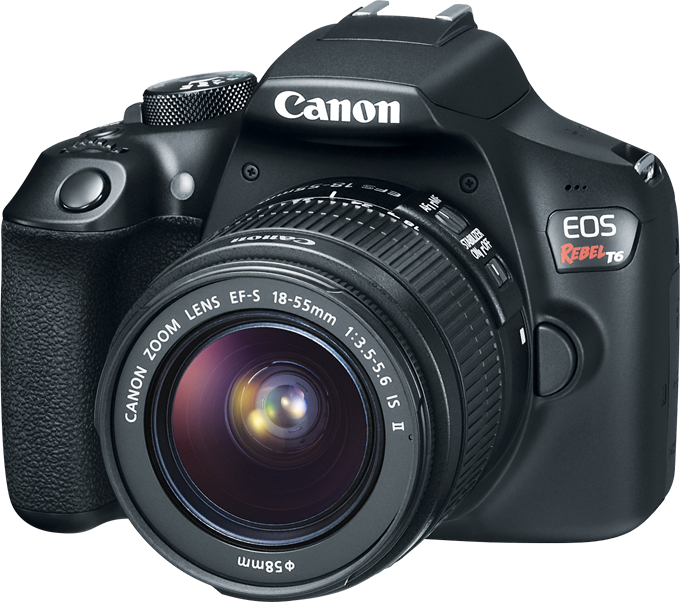
Canon 1300D (Canon EOS Rebel T6)
Similar to the Nikon, this Canon model unveiled an entry-level DSLR designed to bridge smartphone photographers to step up to a ‘real’ camera by looking at the connectivity features. The Canon 1300D (known as the EOS Rebel T6 in the US market) has built-in Wi-Fi and NFC to support connectivity to a smartphone.
A few of the specifications to consider:
- 18-MP
- APS-C CMOS sensor
- ISO range of 100 to 12,800
- Video recording at Full HD 1080p 30 fps
The 18-MP, APS-C CMOS sensor in the camera is capable of images as good as some of the higher-end models, but the camera is super easy to manage and learn. An on-board guide aids the user in learning the cameras features and functions and helps you take the best possible photos. In addition to the usual automatic and manual options, there is a wide selection of scene choices to choose from.
This model runs for about $US350-500 depending on the features and bundles selected. It is available on Amazon.com from a variety of sellers.

Pentax K-70
The Pentax K-70 is seen as a departure from the standard entry-level DLSR as it offers many additional features and functions associated with higher-end models.
A few of the specifications to consider:
- 24-MP
- APS-C CMOS sensor
- ISO range of 100 to 102,400, shoot stills at 6 fps.
- Video recording at Full HD 1080p 30 fps
- is built-in sensor-shift shake-reduction
This unit is quite rugged and considered to be a heavy-duty option for a camera in this price range. It costs about $550-800, again depending on the features, lenses and bundles selected. It is also available on Amazon.com from a variety of sellers.
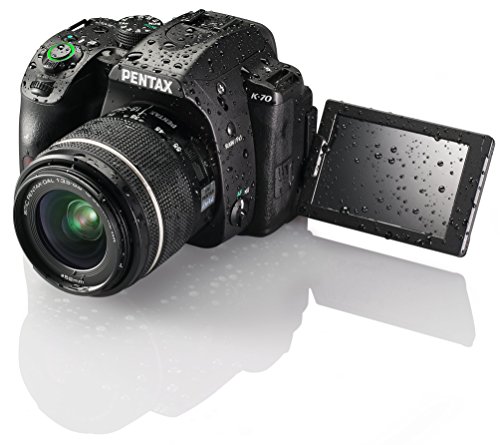
Its 100+ sealing points make it dust and moisture-proof as well as weather-resistant. Additionally, it can withstand temperatures as low as -10° C (14° F).
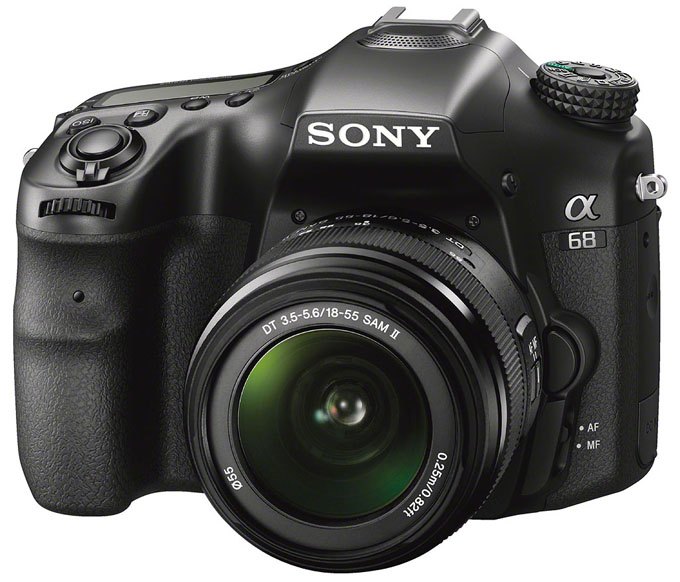
Sony A68
While the Sony A68 may lack some of the commonly expected features like built-in Wi-Fi sharing, it does offer a robust set of on-board functions above and beyond many of the other models showcased here.
A few of the specifications to consider:
- 24-MP, APS-C CMOS sensor
- ISO range of 100 to 25,600
- Speedy 8 fps
- Full HD 1080p video at 30 fps
- Built-in sensor shift image
- Autofocus system with 79 phase-detection points.
It is available on Amazon.com for about US$550-800, depending on the added options and bundles. So, if you are willing to forgo the ‘bells and whistles’, this is a solid model to consider.

Nikon D5600
The newer and more robust version of the popular D3400, the D5600 brings Nikon’s SnapBridge technology to the beginner for semi-pro photographer. The D5600 features not only Bluetooth, but Wi-Fi connectivity as well.
A few of the specifications to consider:
- 24-MP APS-C sensors
- ISO ranges of 100 to 25,600
- burst shooting at up to 5 fps.
- 39 point autofocus
- Vari-angle touchscreen
- Microphone input
- Full HD 1080p footage at 60 fps.
As this is a higher end unit, it is a bit more expensive than the other models. On Amazon.com, it runs for about US$650-900, depending on the bundle selected.
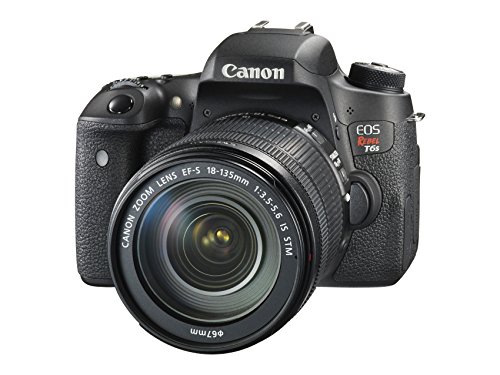
Canon 760D (Canon Rebel EOS T6s)
On the higher end of the beginner models, the EOS 760D (or Rebel T6s if you live in the US), for those who want something a bit more robust than the 1300D model. It is not the least expensive model and runs for about US$650 (body only) to US$1,000 on amazon.com, with a variety of bundles to choose from.
A few of the specifications to consider:
- 24-MP APS-C CMOS sensor
- ISO range of 100 to 12,800
- Burst shooting at 5 fps
- Wi-Fi with NFC for quick and easy sharing via your smartphone
- The 760D can shoot Full HD 1080p 30 fps.
What differentiates this model with the others is its category is the increase from nine AF points of the 1300D to 19. This augments the Hybrid CMOS AF III autofocus technology offering smoother tracking when shooting video.
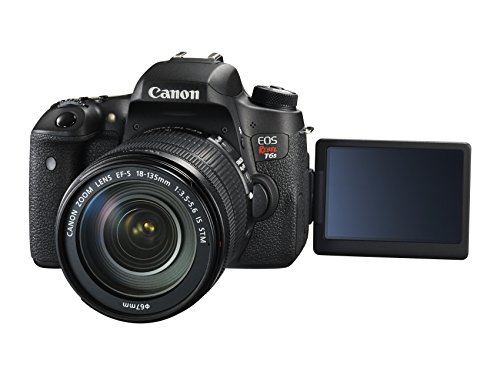
The 3-inch vari-angle touchscreen allows a larger live view of the subject matter.
Final Thoughts
Each camera has its benefits and possible limitations. It is up to you to decide what will best meet your needs at this time and in the near future. Features like Bluetooth connectivity, Wi-Fi for image sharing, Video quality, viewfinder articulation or ability to add lenses and lighting accessories all are meant to enhance your shooting experience while also making it easy to learn and enjoy.
The upside of taking up photography is that there are many user or hobby groups on social media, where you can share or critique one another’s shots. When you join these groups, they may also recommend the best camera for you based on their own user experiences.
This is also a great way to find interesting locations and recommendations on how to use your camera more effectively by leveraging others’ experiences and expertise. You can also check out local photography clubs in your area.
A few places on-line to link up with feller shooters:
We leave you with online resources and inspirational photography sources to keep
- https://www.facebook.com/CraftsyPhotographyClub/
- https://www.flickr.com/groups/globalamateurphotographyclub/
- https://twitter.com/cameraclubuk?lang=en
- https://www.instagram.com/thephotosociety/?hl=en
Never forget YouTube for instructional information. https://www.youtube.com/watch?v=3f5jiFd0ZrI
Now, get out there and capture the world!
Edited by Samuel Tan




